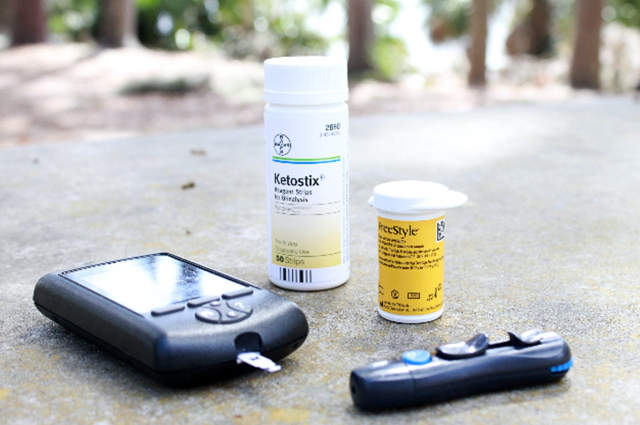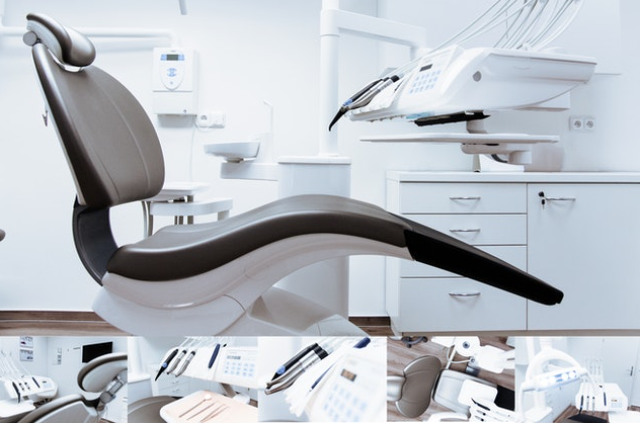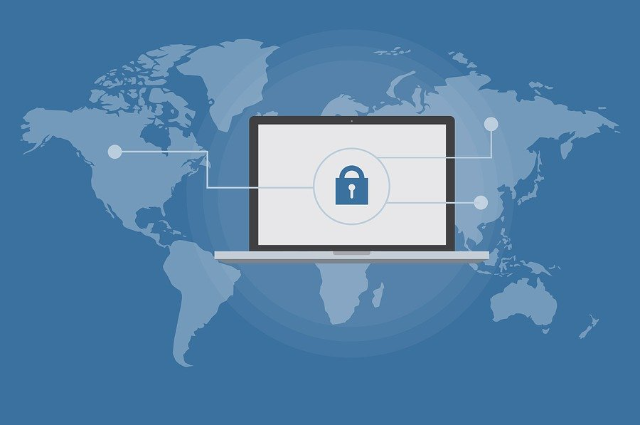
As we read through articles on our screens, we should take a moment and appreciate the intricate methods that make this activity possible. Over the last couple of years, we have become increasingly dependent on wireless technology for a lot of things that we do. Wireless technology not only helps in the exchange of data but brings the world closer. It has made possible the methods of speedy communication and information retrieval. Any major event in any part of the world does not go unnoticed due to the simplified methods of wireless communication. However, like in all fields, there is always scope for innovations and new ideas. With the rise of the Internet of Things, which makes extensive use of wireless communication protocols, it raises the question - what is next in wireless technology that the world can expect? Are there ways through which our lives can be further improved by the use of this intriguing technology?
Curiosity and necessity open up plenty of doors for creativity. The past year and a half have taught us how valuable good health is and the extreme necessity for individuals to maintain hygiene and for hospitals to follow good medical practices. It became the necessity of the hour to take care of ourselves and to prevent the spread of the virus. Prior to this, research and work were already being done in the domain of medical sciences to integrate it with wireless technology to make hospitals and doctors better equipped to deal with emergencies. The birth of IoT has paved the way for it to be used in almost every avenue of life, and healthcare is no exception. Whether it's termed as the Internet of Medical Things or the Internet of Healthcare is debatable. But one thing is certain: the use of such technology can greatly advance our medical capabilities and will be a tool that makes a big difference for mankind.

The earliest instance of the use of IoT in healthcare came with the adoption of remote patient monitoring. In such a setup, data is collected from bedside measuring devices and monitors and sent to a central system wherein doctors can make decisions based on what data they are reading.
The basic principle that such devices or systems work on are the following - detect data using sensors and measuring apparatus, transmit this data over to a server or a cloud, and then perform analysis to decide what the data means and which part of it is important. The entire process consists of a variety of technical steps, but the final results help in promoting speedy responses and improved efficiency.
The use of the Aarogya Setu app is a prime example of how wireless connectivity can help us be aware of residents living nearby. GPS and Bluetooth were utilized to monitor the movement of individuals and their interaction with others. This data was then utilized to inform users of any potential risk or danger.
The use of such technology in healthcare is still at an infant stage. As IoT advances, possibilities will keep increasing. The use of such technology can help doctors to monitor conditions and administer medicine or doses without being present. The process can be automated as well, although with precautions. This can help doctors to attend to more urgent or severe cases. Within a few years, it might be possible to employ a robotic nurse in rooms containing patients with highly contagious diseases.

There is more to it. The use of medical IoT along with Artificial Intelligence can lead to much better decision making. Learning patterns with the help of AI can also help in the early detection of illnesses or diseases, thus leading to their prevention. Not only will this save a lot of lives and resources, but will improve the preparedness of hospitals and healthcare sectors. A prediction model can be employed to predict the spread of a particular virus as well. Such data is invaluable.
A note of caution should also be taken. Despite providing tremendous applications, IoT devices are always vulnerable to cyber attacks or internet hacks. This vulnerability has also been a reason for the hesitance of using such methods in healthcare. A patients’ security cannot be compromised at any cost, hence it becomes imperative to invest in proper security services. Keeping devices updated and protected using security patches can ensure that they do not fall into the hands of the wrong operators.

The requirement for doctors and good health care will never go obsolete. We never know what new adversity might strike. There is a lot of scope waiting to be unravelled in this domain. The Internet of Healthcare can ensure that the quality of healthcare keeps improving and becomes more accessible, along with reductions in costs. If utilized correctly, the Internet of healthcare can bring about the next revolution in the near future.
